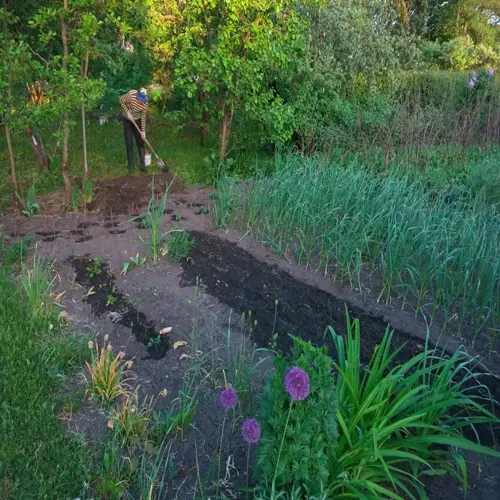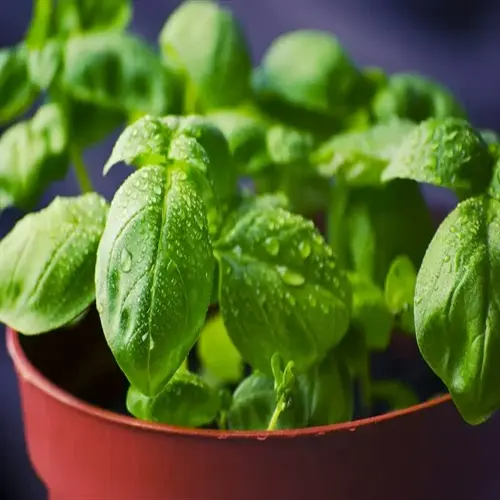Which pests does garlic naturally repel?

Written by
Michael Sullivan
Reviewed by
Prof. Martin Thorne, Ph.D.Garlic's pest-repelling prowess is due to sulfur compounds that confuse insects and mask the plant scent for pests. This nature-based defense system helps to protect delicate crops and eliminate the need for chemical usage. We strategically plant garlic around the garden to create zones of protection. I personally use it as borders around my most vulnerable beds.
Chemical Repellents
- Allicin and diallyl disulfide disrupt insect nervous systems
- Volatile compounds mask host plant odors
- Creates protective barrier up to 3 feet radius
Physical Barriers
- Garlic roots exude compounds into surrounding soil
- Creates unfavorable environment for soil-dwelling pests
- Reduces root nematode populations by 40-60%
Beneficial Insects
- Attracts predatory wasps that control caterpillars
- Spars parasitic flies targeting aphids
- Does not harm pollinators like bees
Application tactics optimize garlic's protective properties. Use perimeter plantings around the property and interplant crops in a way that allows them to have different harvest times. I utilize garlic between rose bushes and around the trunks of fruit trees. Replant yearly to keep the plants fresh for continuous protection.
Companion combinations improve pest management. Plant garlic next to marigolds as a nematode deterrent. Pair it with mint to deter ants and flea beetles. I usually grow garlic and basil together in my tomato beds. This combination protects against the three most significant tomato pests.
Seasonal applications apply protection across the seasons. Garlic cloves can be planted in the fall to provide a pest barrier in the spring. Garlic spray can be used during high insect population seasons. In the summer, I make fresh spray each week. Apply the spray in the early morning for the best adherence to plant leaves.
Read the full article: When to Plant Garlic Perfectly

